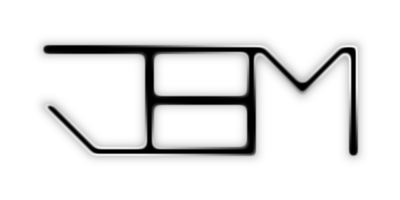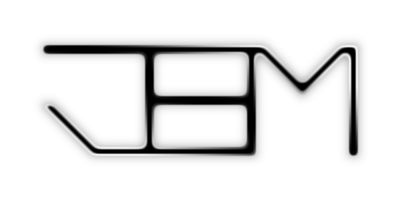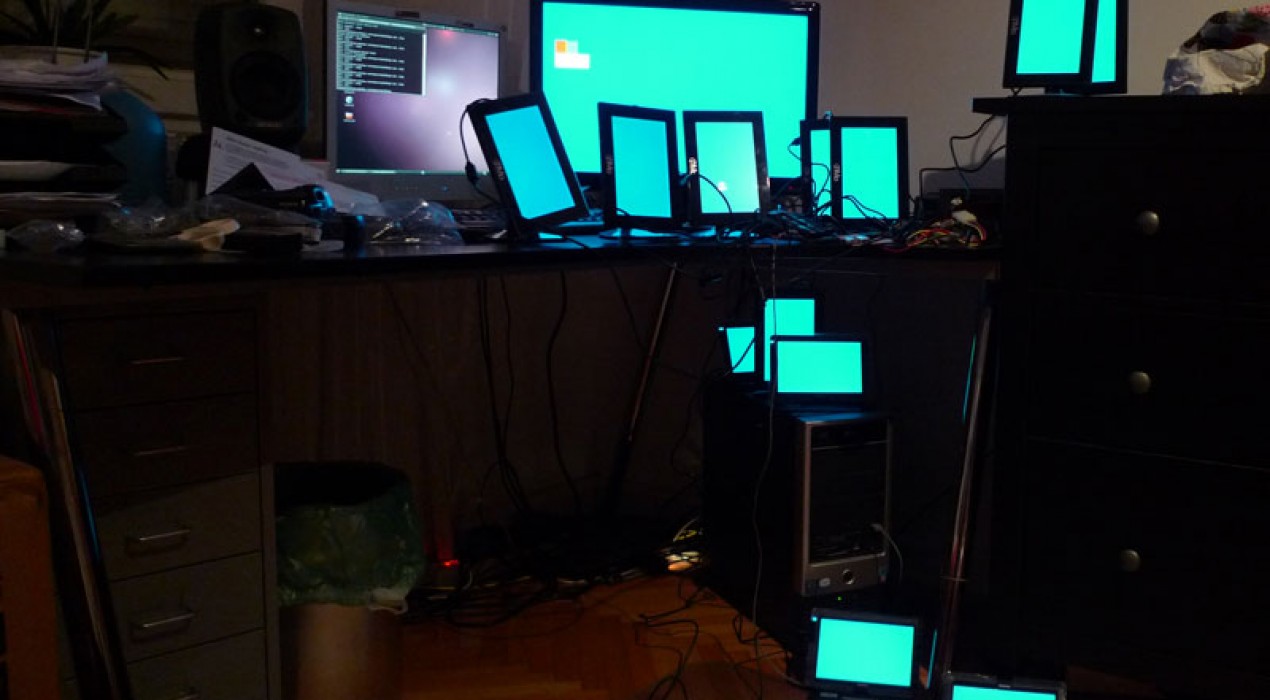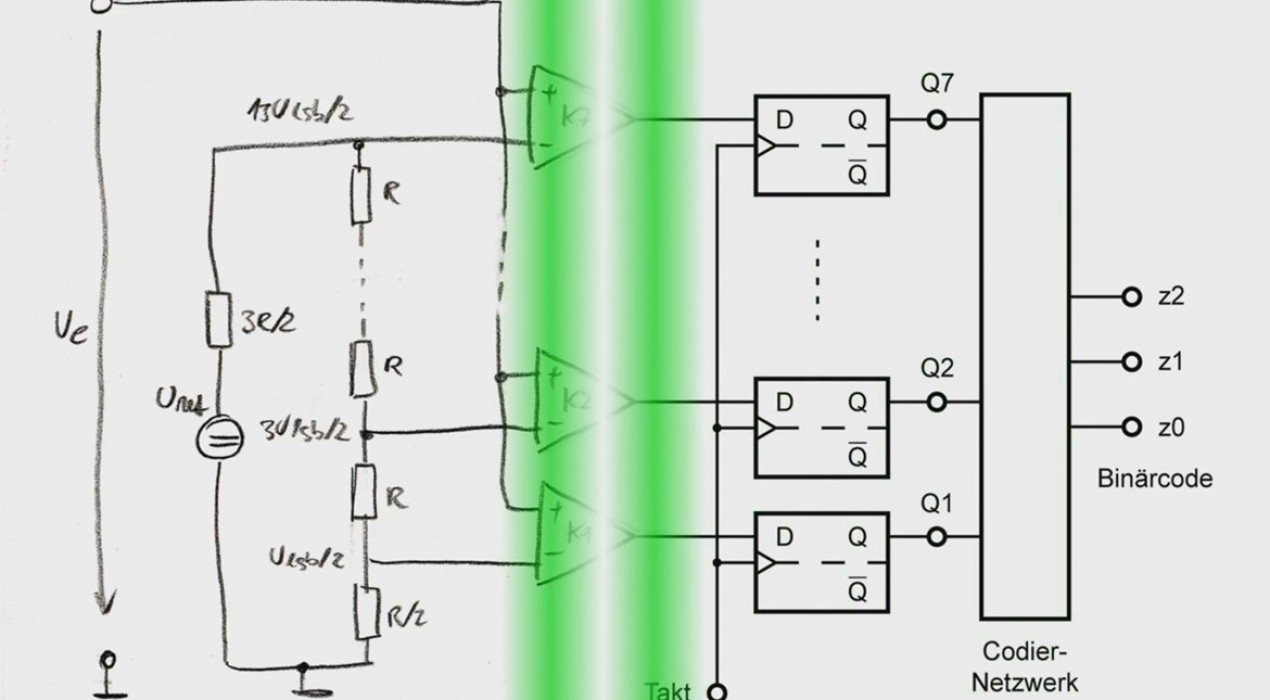Daktyloskop
[masterslider id="3"] The Daktyloskop is an interactive device to superpose two ways of generation of motion pictures. The first and historically earlier method is to show a series of printed photographies very fast one after another at the same place. Such devices are called Zoetrop. A digital screen is a modern way to do this. The Daktyloskop combines the zoetrop with digital screens. This adds some interesting features to the Zoetrop: the number of images is limted by the available data space of the PC and not by the size of the zoetrop speed/direction of the motion can be uncoupled of the speed/direction of the zoetrop content can be changed while the device is being used The idea to the project came from Georg Wohlesser. Simon Hauer and I joined him for the realization of this project. Detailed information about the Dakytloskop can be found on the project homepage.
Read More ›
AD-Conversion of an AD-Converter
A blank sheet of paper is often the beginning of creative work . In a first step, a sketch is made and afterwards, a precise plan is developed. Before the actual manufacturing happens, the plan is transformed into a model, allowing working on details. The first three stages of this process can be digitized, using an analog-digital converter (ADC). The manufacturing is based on the reverse operation, namely the digital-analog conversion, which can be digitally simulated. Computers provide simple ways for automation of processes. What happens if the process of the development of an analog digital converter itself is digitized and automated? The video "AD-Conversion of an AD-Converter" shows the result - a recursive process in which a machine produces identical new instances of itself again and again. Sounddesign by Thomas Stiermaier
Read More ›









